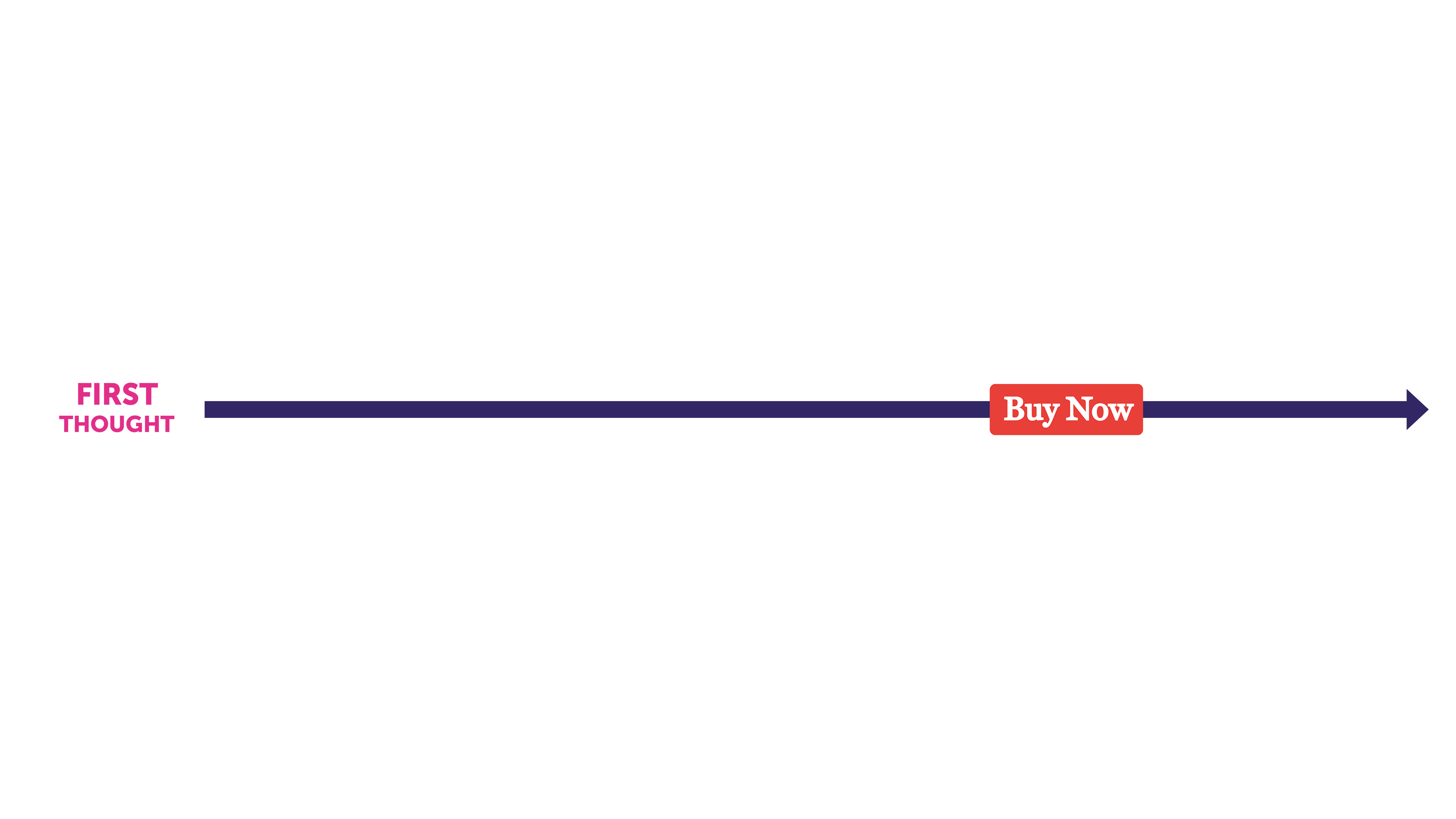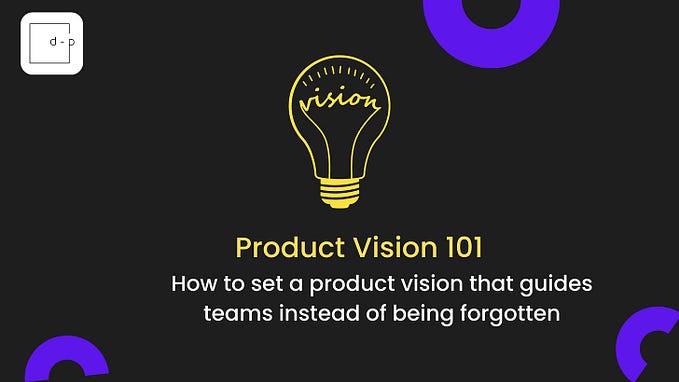Product discovery: doing the right things
Last time, I shared some thoughts on what’s the job of a Product Manager at Despegar. We said that the role of a PM was, as stated by Marty Cagan, to discover a product that is valuable, usable and feasible. We talked about product discovery, organizational structure and being customer-centric. What we didn’t say was how to achieve all this.
A lot has been written on how to address product discovery, roadmaps, ab testing, prioritization, and user research. Although there are no recipes for effectiveness, I’ll try to resume the central points of the frameworks I’ve found handy to get things done. Let’s start with product discovery.
A guiding framework: the double diamond
The beauty of the double diamond lies in its simplicity. It’s a process model created by Design Council in 2005.
“In all creative processes a number of possible ideas are created (‘divergent thinking’) before refining and narrowing down to the best idea (‘convergent thinking’), and this can be represented by a diamond shape. But the Double Diamond indicates that this happens twice — once to confirm the problem definition and once to create the solution.”
It basically consists of two diamond divided into four distinct phases: Discover, Define, Develop and Deliver.
Discovery and Jobs-to-be-done
The diamond on the left is all about discovering the right problem or user needs to tackle. It’s also the most omitted step and usually by highly data-driven teams. Like Plato’s allegory of the cave, by having tons of data to analyze we can fall into the temptation of believing that the “shadows” we’re seeing reflect the reality of the whole market.
The textbook-case is Kodak. The company had 90% of the film and 85% of the camera sales market in de US but in a few years, its revenue dropped down to almost zero.
Almost everyone knows that this was due to the rise of the digital camera. What few people know is that Steven Sasson, the inventor of the digital camera, was at that time an engineer at Kodak. So how did this happened?
“Every digital camera that was sold took away from a film camera and we knew how much money we made on film” Sasson said to the Times.
“That was the argument. Of course, the problem is pretty soon you won’t be able to sell a film — and that was my position.”
By focusing only on part of their data and current solution and not on the user need, Kodak failed to see the value in Sasson innovation. I’m definitely not saying that you should ignore your precious data, but you should be outward-looking too.
“When managers define market segments along the lines for which data are available rather than the jobs that customers need to get done, it becomes impossible to predict whether a product idea will connect with an important customer job. Using these data to define market segments causes managers to aim innovation at phantom targets.” (Clayton Christensen, Innovator’s Solution)
One of the best examples of the opposite is the carousel scene from Mad Men. Don Draper uses images of his family to sell Kodak’s new slide projector as a “time machine” taking us from one perfect moment of our lives to the next.
‘Technology is a glittering lure, but there’s the rare occasion when the public can be engaged on a level beyond flash if they have a sentimental bond with the product’. He explains the “job” behind the product better than many jobs-to-be-done articles or books.
Jobs to be done methodology aims at deeply understanding the progress the user is trying to make in a particular circumstance by using your product.
The framework is based mostly on interviewing users who recently decided to switch from one product to another. It’s all about getting the story of your customers’ progress and understanding all the causes and moments that led to the purchase.

By getting right the timeline and the struggling moment of the switch we can learn in what context was the decision made, what features were prioritized, what forces were pushing the user away from the old solution and towards a new one.

If you’re considering applying JTBD or want to learn more about the methodology, this is the one article you must read:
Conducting JTBD interviews, sending surveys, asking outside experts or people from other departments along with many other techniques, allows you to broaden your understanding of the user's need.
Don’t jump right into the solution. Examine your ideas and the mental models behind them. Take a step back and understand the root cause. Almost for sure, you’ll find several ideas for solving the user need more cost-efficient and with higher impact than your first thought. Ask yourself:
- What is the job the user is trying to do?
- What else could we do to help him achieve the desired outcome?
- How could we cut the go-to-market time in half?
- What would we need to double the impact?
Diverge! This is the discovery phase.
Want to read more? Find bellow two great articles and don’t miss Clayton Christensen book “Competing Against Luck”







